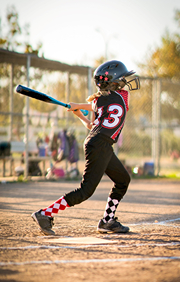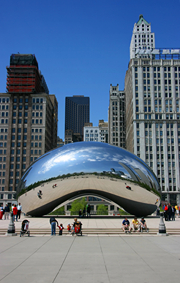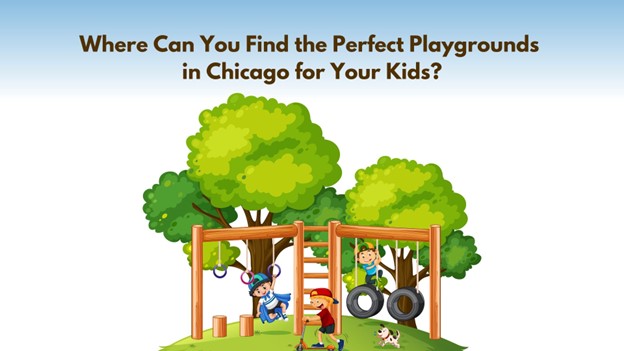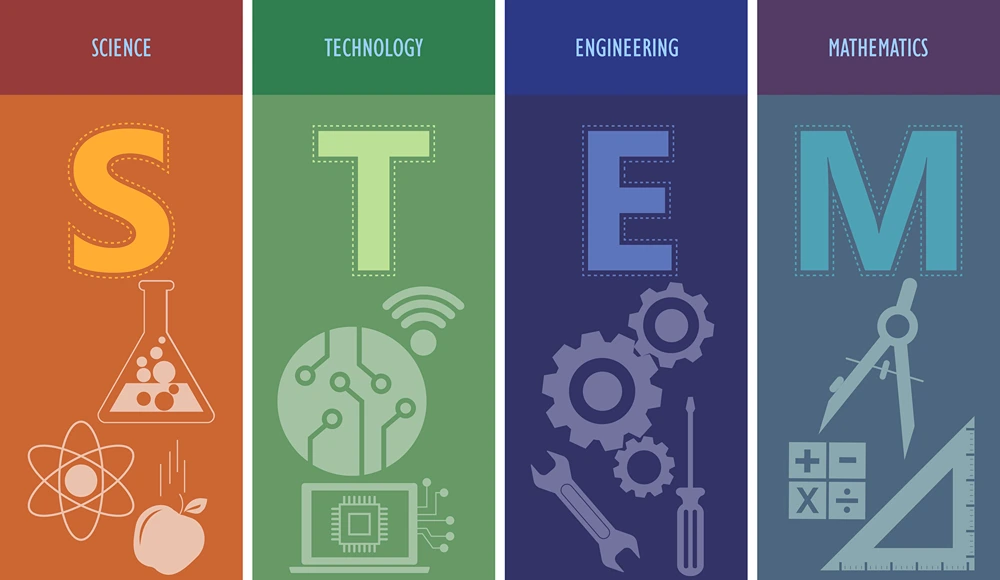6 Reasons You Need to Take a Family Trip to the Smoky Mountains
The Great Smoky Mountains offer an ideal vacation destination for families looking to blend adventure, education, and bonding. This majestic landscape is known for its misty mountains, diverse wildlife, and rich history. But beyond its natural beauty, the Smoky Mountains provide families with a valuable opportunity—especially for children.
A family trip to the Smoky Mountains isn’t just about taking in stunning views; it’s about giving kids experiences that can build confidence, promote learning, and create lifelong memories. Let’s explore some key reasons why this mountain range is the perfect getaway for families with children.
1. Learn History Through Fun Experiences
The Smoky Mountains are not only rich in natural beauty but also steeped in history, providing an excellent opportunity for children to learn while having fun. One of the park’s most popular historical sites is Cades Cove, a valley that preserves the way of life for early settlers in the region. Families can explore 19th-century cabins, churches, and barns, gaining insight into how people lived before modern conveniences.
This hands-on experience allows kids to grasp the realities of early American life in a way that history books can’t provide. They’ll learn about farming practices, traditional tools, and the importance of community in early settler days.
2. Affordable Fun for Families on a Budget
Unlike many tourist destinations that come with hefty price tags for attractions and activities, the Smoky Mountains National Park is completely free to enter. This makes it an ideal option for families who want to enjoy nature without breaking the bank. Moreover, you can save more by staying at Hearthside Cabin Rentals. These cabins offer comfortable accommodations for families, and also come with incredible perks that can help you save hundreds of dollars on some of the best attractions in the Smoky Mountains. When you choose to stay with Hearthside, you’ll receive one Freedom Fun Pass per cabin as a thank-you for booking.
The Freedom Fun Pass gives you one free ticket to places like Soaky Mountain Water Park, where kids can splash around and enjoy water slides, or Paula Deen’s Lumberjack Feud, a thrilling outdoor show that’s perfect for families. You can also use the pass to play a round of mini golf, explore the fascinating exhibits at Alcatraz East Crime Museum, and much more. With these savings on entertainment, families can focus on having fun, knowing they’re getting the best value for their vacation.
3. Outdoor Adventures Build Confidence
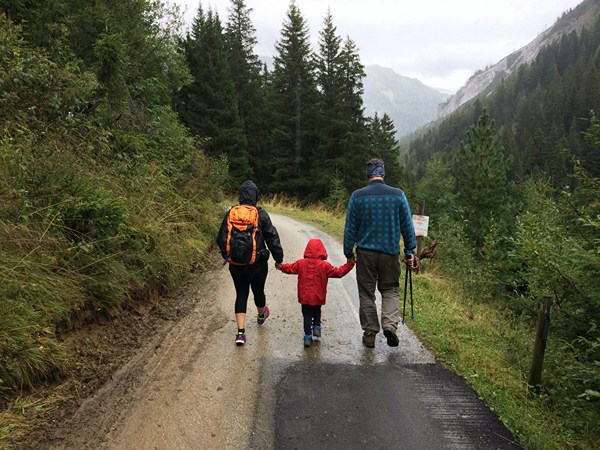
Children thrive on challenges, and the outdoor activities available in the Smoky Mountains are the perfect way to help them grow in confidence. Whether it’s tackling a family-friendly hiking trail or experiencing the thrill of fishing in one of the park’s many streams, the variety of activities ensures that there’s something for everyone. Take, for example, a simple hike to Clingmans Dome, the highest point in the Smokies. The 0.5-mile trail is manageable for most children and rewards them with breathtaking panoramic views at the top. Successfully completing such a hike can give kids a sense of accomplishment that boosts their confidence.
Other trails, like Laurel Falls, are equally family-friendly and offer the added bonus of a stunning waterfall at the end. When children face these outdoor challenges, they learn to trust their abilities, pushing themselves beyond their perceived limits. This newfound confidence often translates into other areas of their lives, from academics to social interactions.
4. Unplug from Screens and Connect with Family
In a world dominated by smartphones, tablets, and gaming consoles, it’s increasingly difficult for families to spend quality time together without digital distractions. A trip to the Smoky Mountains offers the perfect solution. The park’s remote locations and vast stretches of wilderness naturally encourage visitors to disconnect from their devices. With no Wi-Fi in many areas of the park, families are given the chance to truly bond over shared experiences.
Whether it’s enjoying a campfire together, telling stories under the stars, or hiking through peaceful woods, these moments create lasting memories. Kids also benefit from this break from technology, allowing them to be present, engage with their surroundings, and develop meaningful connections with their family members. By setting aside screen time, families can build stronger relationships and teach children the value of spending time with loved ones in the real world.
5. Wildlife Encounters Are Exciting and Educational
Children are naturally curious about animals, and the Smoky Mountains are home to a wide variety of wildlife that can turn any family trip into an educational adventure. From spotting black bears and white-tailed deer to observing wild turkeys and elk, kids can experience the thrill of seeing animals in their natural habitat. The park’s abundance of wildlife offers teachable moments about respecting nature, animal behavior, and conservation efforts.
Many families take scenic drives through the park, such as Newfound Gap Road, to maximize their chances of spotting wildlife. With guidance from park rangers or visitor center resources, children can learn the importance of observing animals from a distance and the role of wildlife protection in national parks. These encounters make the trip exciting for kids, while also teaching them valuable lessons about nature conservation.
6. Create Lasting Family Memories Through Unique Experiences
Family vacations are about more than just getting away—they’re about creating memories that last a lifetime. The Smoky Mountains offer countless opportunities for families to share special moments together, whether it’s hiking to a scenic overlook, roasting marshmallows by the campfire, or catching sight of a black bear in the wild. These shared experiences help to strengthen family bonds and give children memories they’ll cherish as they grow older.
Whether it’s the thrill of reaching the top of a mountain or the quiet of watching the sunset over the Smokies, these moments become stories that families tell for years to come. A trip to the Smoky Mountains is an opportunity for children and parents alike to step away from the pressures of everyday life and simply enjoy each other’s company in one of the most beautiful natural settings in the world.
A family trip to the Smoky Mountains offers far more than just breathtaking views and fresh mountain air. It provides children with the chance to grow, learn, and experience the world around them in meaningful ways. From building confidence through outdoor challenges to sparking creativity, the Smoky Mountains are an ideal destination for families looking to bond and make lasting memories. By disconnecting from screens, engaging with nature, and exploring the rich history and wildlife of the region, families can enjoy an unforgettable adventure that benefits both kids and adults. So, if you’re looking for a vacation that blends fun, education, and lasting family connections, the Smoky Mountains are waiting for you.




